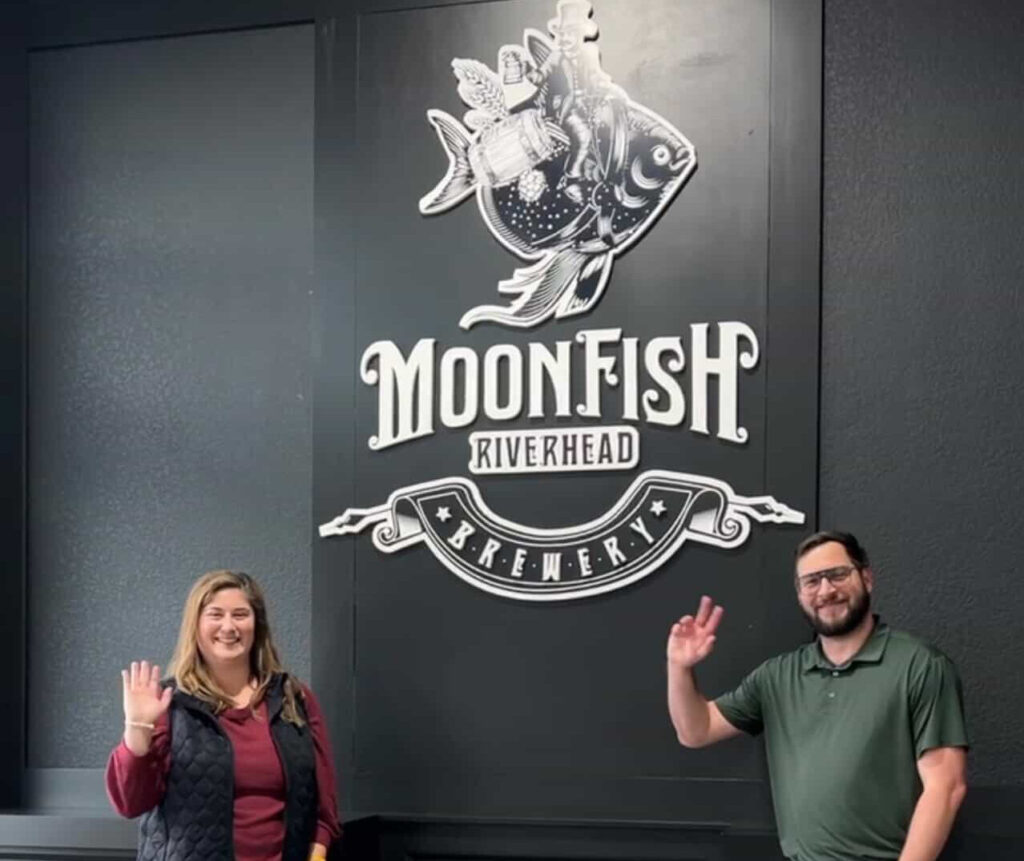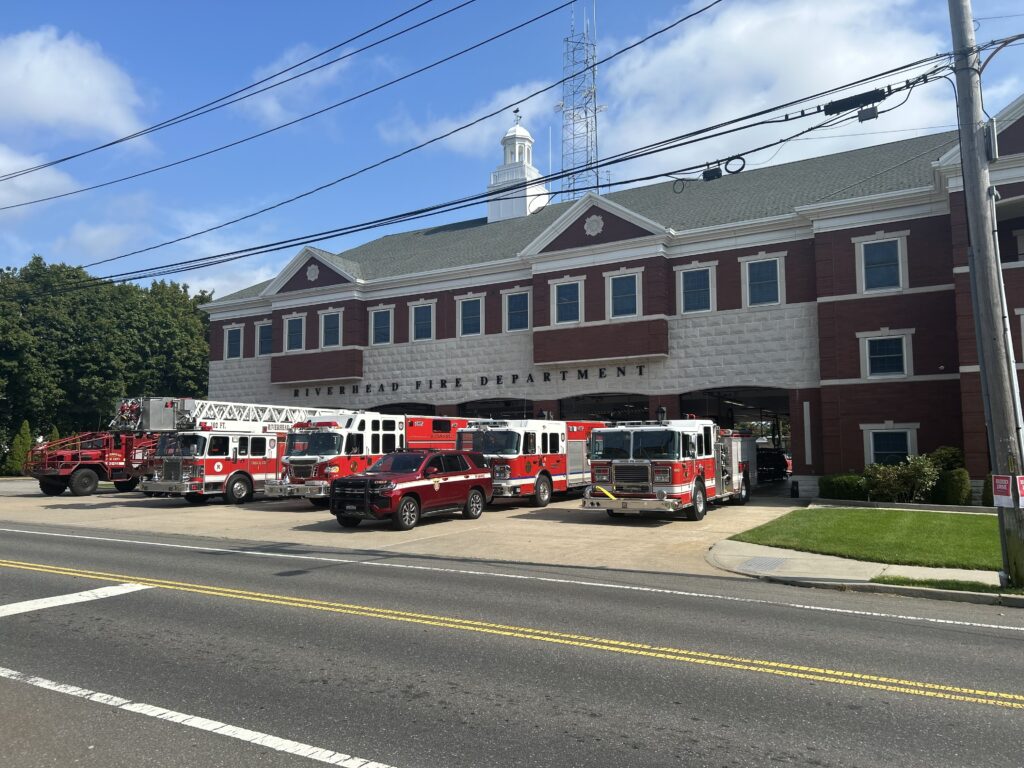More contamination found at Grumman site as Navy details 15 new ‘areas of concern’

Fifteen new areas of PFAS contamination have been discovered at the former Navy/Northrop Grumman site, particularly around the 10,000-foot western runway at Enterprise Park at Calverton, Navy engineers said at an April 19 meeting of the Navy’s Restoration Advisory Board.
Maps handed out at the meeting show “areas of concern” exist largely along the 10,000-foot runway, which includes the site of a 1983 plane crash, and at sites used as airplane hangars. A fire training area on Route 25A in Wading River and a site north of the eastern runway near the northeast pond were also listed as areas of concern. A noise suppression house elsewhere on the property had the highest detection at the former Grumman site.
Corey Rich of Tetra Tech, a consultant working for the Navy, said in total there are “15 areas of concern and one existing site under evaluation for PFAS” at the site inside the fence at EPCAL. In December 2022, the Navy identified nine areas of concern that required further investigation.
Groundwater pollution at the site has been attributed to the Navand Grumman’s activities when the Navy owned the land and leased it to Grumman.
The former Grumman site was used for building and testing military aircraft from about 1956 until 1996, when the company left Calverton. The Navy still owns roughly 208 acres of property at EPCAL that are being cleaned.
The source of the contamination has been traced to aqueous film-forming foam, a firefighting foam that was in regular use when military aircraft were being built and tested there. The foam contains toxic chemicals including PFAS, or perfluoroalkyl and polyfluoroalkyl substances, that have been linked to cancer, liver damage, fertility problems and asthma.
It remains unclear how the new discoveries will affect the sale of land in the park by the Riverhead Community Development Agency to Calverton Aviation & Technology. Some of the areas of concern are on that parcel. CAT said in September that it is planning 1 million square feet of development at EPCAL.
Navy engineer Addison Phoenix said it’s an important question and “we need to circle up with the (town) to do a little more investigation in order to better understand” the impact.
Another issue raised at the meeting was whether or not the development planned at EPCAL will negatively impact Navy cleanup efforts already underway.
Calverton resident Craig Dahlgren said the CAT development could require “tremendous excavation work” and grading.
He said that kind of development could disrupt existing PFAS cleanup efforts.
“If there is large grading or excavation of the site, will those activities disturb the PFAS that may be laying on the site, and then release it into groundwater?” Mr. Dahlgren asked.
“You bring up a really good point,” Ms. Phoenix replied.









